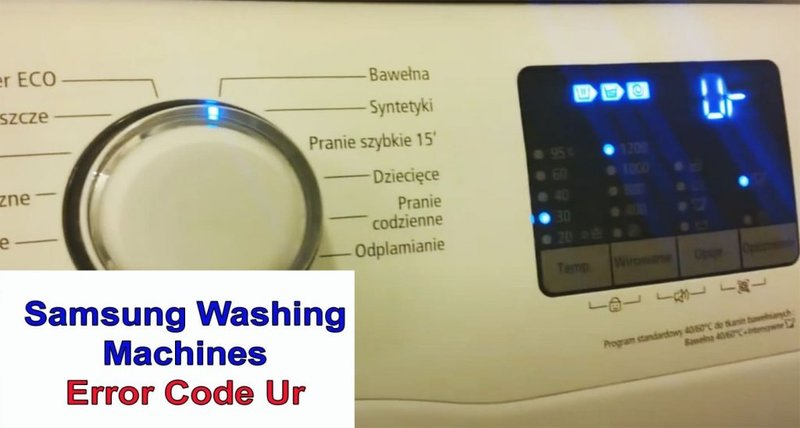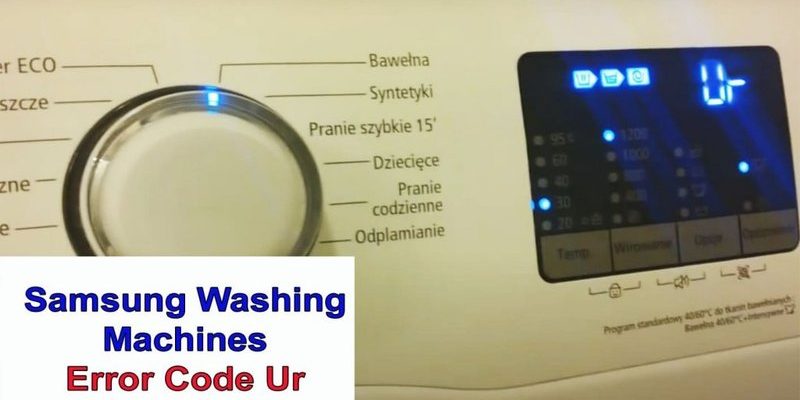
Now, you might be wondering, what exactly is this E2 error code trying to tell you? Simply put, the E2 error code indicates an issue with draining water from the machine. Picture your washing machine as a kitchen sink that’s not emptying out because there’s something blocking the drain. When this happens, your clothes can’t get the rinsing they need, and you end up with a machine full of soapy water. Understanding this error is crucial because it helps you take the necessary steps to fix it, keeping your laundry routine running smoothly. Let’s dive deeper into what causes the E2 error and how you can tackle it.
Understanding the E2 Error Code
So, what’s the deal with the E2 error code? The purpose of this code is to alert you to a drainage problem in your washing machine. Imagine trying to pour water down a guest-filled sink; if there’s something stuck in the drain, the water’s going nowhere. In the world of washing machines, the E2 code usually means that there’s something amiss in the drainage system—perhaps a blocked drain filter or hose, or even a malfunctioning pump.
Why is this important? Well, without proper drainage, your washing machine can’t rinse out detergent or dirt effectively. Plus, leftover water in the drum can lead to unpleasant odors or even mildew buildup. It’s like leaving dishes in stagnant water for too long—not exactly ideal. That’s why it’s essential to address this error promptly to avoid any further complications.
To solve this issue, your first step is to check the drainage system for blockages. This might involve removing the filter and cleaning it or examining the drain hose for kinks or clogs. Think of it as giving your washing machine a little TLC, much like you would unclog a stubborn sink or bathtub drain. By tackling the problem head-on, you ensure your washer gets back to doing its job efficiently.
How to Fix the E2 Error Code
Alright, let’s roll up those sleeves and tackle that E2 error. The first thing you’ll want to do is inspect the drain filter. It’s often located at the bottom front of your machine behind a small panel. Over time, this filter can become clogged with lint, hair, and small bits of fabric—kind of like the way your shower drain or vacuum gets gunked up. Cleaning it is usually straightforward: remove the filter, rinse it under warm water, and clear away any debris.
Next, consider the drain hose. This hose is responsible for guiding the water safely out of the machine. If it’s twisted or kinked, it can impede the flow of water, just like a garden hose with a knot in it. Straighten any kinks and ensure it’s connected properly to the drain. If you suspect a clog, you might need to disconnect it and flush it out with water. If you’re not comfortable doing this, don’t hesitate to call in a professional.
Sometimes, the issue might not be as visible. If cleaning the filter and checking the hose doesn’t resolve the problem, the drain pump might need a closer look. Think of the pump as the heart of your washing machine’s drainage system. If it’s not working properly, water can’t exit the machine. At this point, it might be wise to consult a service technician to avoid causing any accidental damage.
Preventing Future E2 Errors
No one likes to deal with repeated problems, so how can you prevent the E2 error from coming back? Regular maintenance is key. Just like how you wouldn’t skip an oil change for your car, it’s important to periodically check and clean the drain filter and hose. This simple practice can go a long way in keeping your washing machine running smoothly. Think of it as a routine check-up, ensuring that everything stays in tip-top shape.
Another tip is to be mindful of what goes into your machine. Avoid overloading it with too many clothes at once, as this can strain the drainage system. It’s like trying to stuff too many groceries into a single bag—something’s bound to spill. Additionally, ensure that any small items like socks or delicate fabrics are placed in laundry bags to prevent them from getting caught in the filter.
Lastly, be cautious about the type and amount of detergent you use. Overuse or using the wrong type of detergent can cause excess suds, which can lead to drainage problems. Think of it like pouring too much bubble bath into your tub—it’s fun at first, but can become a soapy mess. By keeping these simple tips in mind, you can enjoy a hassle-free laundry experience without the worry of error codes flashing at you.
